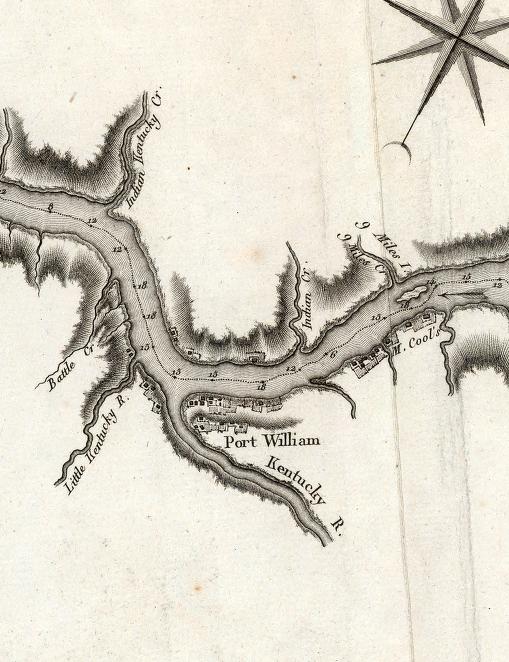Ask anyone familiar with
The Lanier Home symbolizes his wealth and he was possibly the wealthiest person to have lived in
The 1850 census was the first tally reporting financial information about individuals, giving the value of real estate holdings. The census showed Lanier’s real estate had a value of $90,000, but this did not include stock holdings.
Still, the wealthiest Madison residents in 1860 were probably two land-rich widows, Anna Paul Hendricks, daughter of Madison’s found John Paul and widow of the late Sen. William Hendricks, and Eliza McIntyre, widow of Madison developer John McIntyre (or McIntire), which reflects the wealth that their husbands had during their lifetimes.
The Madison Courier of Sept. 9, 1851 listed John McIntire’s heirs at the top with $236,100 in property, followed by Hendricks’ heirs with $136,760. Ranking No. 3 was Michael Bright, followed in order by John Woodburn, Jesse Whitehead and Lanier. However, this didn’t include stock holdings. Lanier would have needed a lot of stock to come out at number No. 1.
Michael Bright, older brother of the well-known Senator Jesse Bright, grew significantly richer, with $90,000 in real estate and $50,000 in personal property in 1860, with diverse holdings. There were shown around 1850 by his appeal of city taxes. A Madison City Council record showed the council agreed that he owned $2,250 of
Whitehead is rarely mentioned in local histories, but he lived in
By 1860, Whitehead was clearly No. 1 with $355,000 in real estate and $14,275 in personal property. No one else was close. Michael Bright had $90,000 in real estate and $50,000 in personal property, according to the 1860
Lanier, who was already a part-time resident in 1850, had $250,000 in real estate and $250,000 in personal property, according the 1870 census for


No comments:
Post a Comment